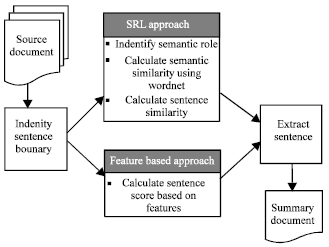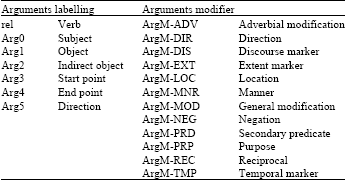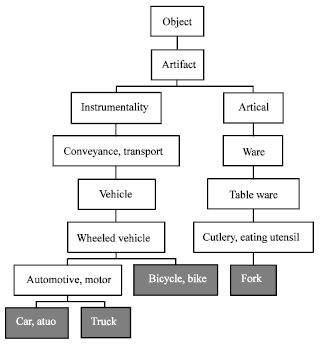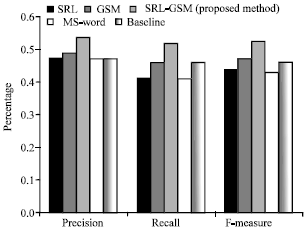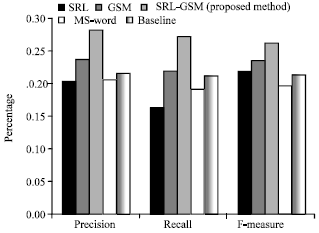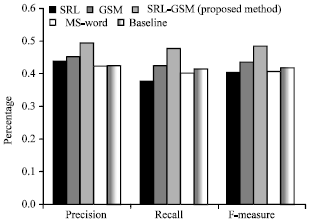Research Article
SRL-GSM: A Hybrid Approach based on Semantic Role Labeling and General Statistic Method for Text Summarization
Faculty of Science and Technology,Suan Dusit Rajabhat University, Dusit, Bangkok, 10300, Thailand
N. Salim
Faculty of Computer Science and Information Systems, Universiti Teknologi Malaysia, 81310 Skudai, Johor, Malaysia
M.S. Binwahlan
Faculty of Applied Sciences,Hadhramout University of Science and Technology, Seiyun, Hadhramout, Yemen









